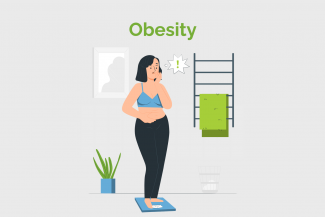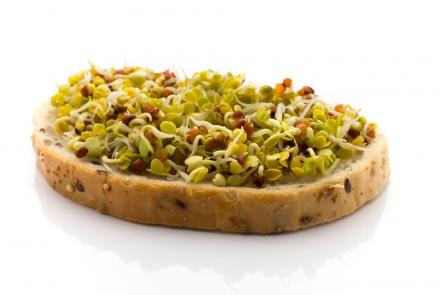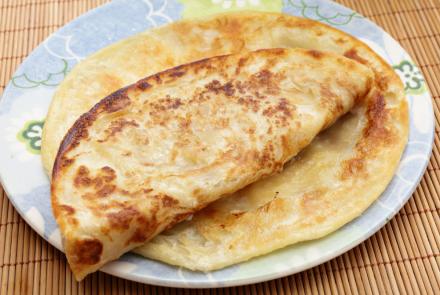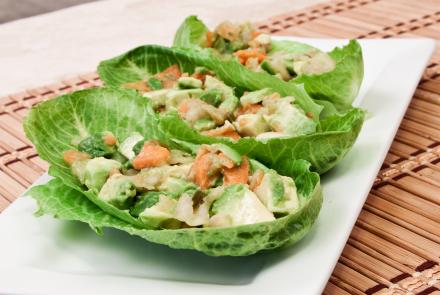Worldwide obesity has more than doubled since 1980. In 2014, more than 1.9 billion adults, 18 years and older, were overweight. Of these over 600 million were obese. 39% of adults aged 18 years and over were overweight in 2014, and 13% were obese. Most of the world's population live in countries where overweight and obesity kills more people than underweight. 42 million children under the age of 5 were overweight or obese in 2013.
Obesity is preventable.

Types of Obesity
There are multiple classifications of Obesity.
I. Depending on the area of fat deposition, there are three forms of obesity
- Peripheral: Accumulation of excess fat in the hips, buttocks and thighs.
- Central: Accumulation of excess fat in the abdominal area.
- Combination of both peripheral and central obesity.
Abdominal area is considered the most dangerous area for the accumulation of fat because it is closely located to the vital organs and their blood supply.
II. Depending on the association with other diseases there are two types
- Type-1 obesity: It is not caused by any disease. It is due to excessive intake of calories and lack of physical activity.
- Type-2 obesity: It is caused by a disease (like Cushing syndrome, hypothyroidism, polycystic ovarian disease, and insulinoma, are some internal secretion diseases). It accounts for less than 1% of obesity cases and is observed that there is abnormal weight gain with type-2 obesity even on little intake of food.
III. Depending on the size and number of fat cells, obesity can be divided into
- Adult-type: In this type of obesity, only the size of fat cells is increased, it may happen mostly in middle age
- Child-type: In this type of obesity, the number of fat cells is increased. It is extremely difficult to reduce the number of fat cells which are already made.
What are complications of Obesity?
- Type 2 diabetes
- Heart disease
- Hypertension
- Certain cancers (breast, colon, and endometrial)
- Stroke
- Liver and gallbladder disease
- High cholesterol
- Sleep apnea and other breathing problems
- Osteo arthritis
- Infertility
- Fatty liver
Click on picture below to download our popular e-book on healthy weight loss. You will be asked to register first
Community
Condition












